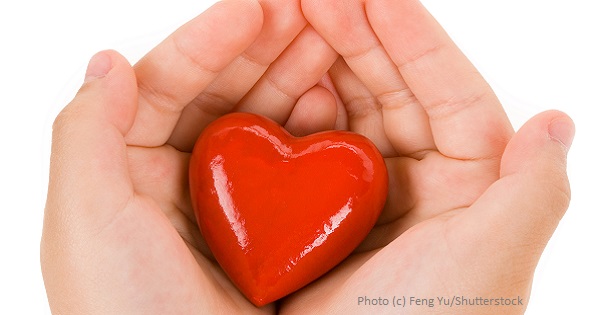|

Raising Socially Aware Children
Through Community Involvement
The art of teaching young children compassion and kindness
By Elissa Peterson
Community involvement. It’s something we all strive for. It’s written on our hearts. Help people who need to be helped is the battle cry of all responsible citizens. As parents it’s our responsibility to instill that value in our children. But how? And when? Social injustice is a planet-wide problem, but I can’t take my five-year-old to war-torn Iraq. I’m not even sure I’m thrilled about taking her downtown to a soup kitchen.
Like most parents, I struggle with how to teach my children compassion. I want to get them involved with projects that matter, but they’re only five and seven. It’s one thing to write a check and have them drive downtown with me to the charity we’re supporting. But I don’t really think that’s the mark I want to hit. To me, teaching compassion is more than writing a check and making your kid go with you to deliver it. In order to teach my kids compassion, I want to dig in and get my hands dirty for a good cause. And I want my kids to get their hands dirty too.
| "In order to teach my kids compassion, I want to dig in and get my hands dirty for a good cause. And I want my kids to get their hands dirty too." |
Start at home
Very young children are capable of showing compassion. As toddlers and preschoolers my daughters, were both fascinated by things that needed to be cared for. The dog needs to be fed, the baby needs a blanket. They can be aware of the needs around them, and start meeting those needs as they are developmentally ready. Encourage your tot to recognize the needs of others and to do what she can to meet those needs. Teach her to look for others she can help, and notice when she does.
Go local
As your child grows and becomes more aware of life outside the home, it’s time to get him out the door and started on community projects. Scour community involvement websites and newspapers to find local projects that kids can participate in. While searching, be sure to keep your little one’s interests, abilities, and safety in mind. You might have a heart for the hungry and homeless in your community, but is a homeless shelter the best place for a five-year-old?
Food and clothing drives
A lot of times, the best way for your youngster to help out is to go shopping. It seems like someone in the neighborhood is always in need of clothing, nonperishable food, or toys. Contributing to a clothing drive is a safe and practical way to help your child realize that there are people out there in need. Find a group that is collecting something specific and take your child to pick out something to donate. Encourage her to pick out something that they would like to receive.
Contribute to your local food bank
We are gardeners in our house. We love the science of planting things, and watching them grow. Frankly, the children are a little more interested in the science of growing vegetables than they are in eating them! At five and seven, they loved watering and caring for their little garden, and were rather jubilant each time a new fruit appeared. Knowing in advance that my children were such avid gardeners, we planted a ton of stuff (just to make sure our harvest wasn’t disappointing). It soon became apparent that we were going to have way more vegetables than we were going to eat. What a perfect opportunity to teach my kids how to use their talents to care for their community!
Before harvest time, I contacted our local food bank to see what they wanted. When I knew their donation standards, I started promoting the idea to the kids, who were predictably thrilled that I wasn’t going to make them eat all those veggies. When harvest time came, the children helped with the whole process: harvesting, cleaning, and preparing the veggies to go on their way. As a family, we took the veggies to the food bank, which is literally right around the corner from our house. I don’t think we could have picked a more appropriate project; the kids loved every moment of their involvement. And the food bank was beyond thrilled to receive fresh, locally grown produce.
| "Teaching your child to be compassionate and socially aware is more than picking a charity and throwing money at it." |
Be sure to follow up
Remember that this activity is not about giving yourself a pat on the back. It’s about teaching your child to be socially aware. Don’t just make your contribution and go on with life. If your donation is leaving the community, take the time to find out where it is going and share that with your child. It might be worth taking a moment together to pull out a map to pinpoint where your donation is going and why it’s going there.
Perhaps there are some developmentally appropriate resources (such as books or videos) online or at your local library that may be worth searching for.
Teaching your child to be compassionate and socially aware is more than picking a charity and throwing money at it. It’s finding a cause that you believe it, and letting your child know that this cause is worth your time and energy. As soon as children are developmentally able to be aware of others and their needs, get them started on something that matters. It’s never too soon to help your children get involved in their community and the world.
Elissa Peterson is a busy mama who is passionate about all things creative.
|

